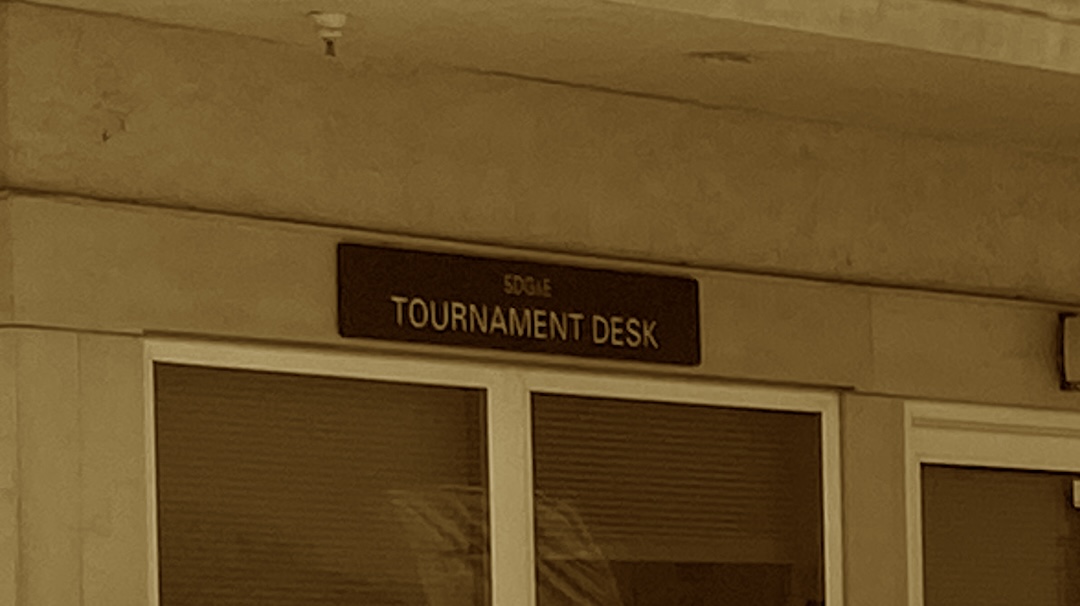Life happens. This weekend we have been examining the development of a “compass” to guide decisions and actions toward our ideal tennis life. It is important to remember that this is highly dynamic and will evolve over time as circumstances and new opportunities arise. Flexibility, adaptability, and a willingness to embrace change are essential in navigating this journey. Additionally, sometimes, a change in direction is needed.
The value of having a clearly defined tennis compass is that it can be used to determine if actions, decisions, and investments in time are generally propelling you toward your desired goals. In fact, the book Designing Your Life: How to Build a Well-Lived, Joyful Life, which is the inspiration for this series of posts, illustrates this point using the metaphor of steering a sailboat.
When heading into the wind, a sailboat cannot travel directly towards its desired destination. Instead, steering toward that point employs a zigzagging motion known as tacking. A skillful sailor can adjust the angle of the sails and the rudder to make progress at an angle to the wind. I love this mental model because the proverbial headwinds in life might be impeding your progress toward your objectives. However, making progress using smaller movements that generally head in the right direction is still possible.
Additionally, goals and objectives are likely to evolve over time. In the early days of yore when I was an under-14 junior player, I would have told you that one of my objectives in tennis was to play collegiately. Shortly before my senior year in high school, I realized that while that was certainly achievable for me, it conflicted with my competing desire to study engineering. Doing both would have been extraordinarily challenging in the pre-internet era.
My subsequent involvement with the sport was extremely sporadic and casual until one of my kids started playing junior tennis. At that point in time, my objective for the sport centered around restoring my game so I could be a viable practice partner for her. A few years later, I was induced to play in a tournament, which rekindled my desire to once again compete in tennis. While I am trying to be the best player I can be, I am definitely not competing for a collegiate tennis scholarship.
Life changes and goals evolve. That is why it is critically important to regard your tennis life compass as a continuous process. To be effective, you have to periodically check in to see if you are progressing toward your intended destination. More importantly, it is essential to periodically reassess the direction to determine if adjustments are needed.
Your tennis life is a journey, not a destination. Goals may shift, aspirations may evolve, and circumstances will certainly change. Understanding that and making the necessary adjustments is the key to creating and enjoying a well-lived tennis life.
Throughout 2024, I am publishing a series of essays imaging how to apply the principles in ‘Designing Your Life: How to Build a Well-Lived, Joyful Life‘ (<- sponsored link), which is a non-tennis book that I have come to believe that everyone should read.
A chronological summary of all posts on this topic is available on the Designing Your Tennis Life summary page.




